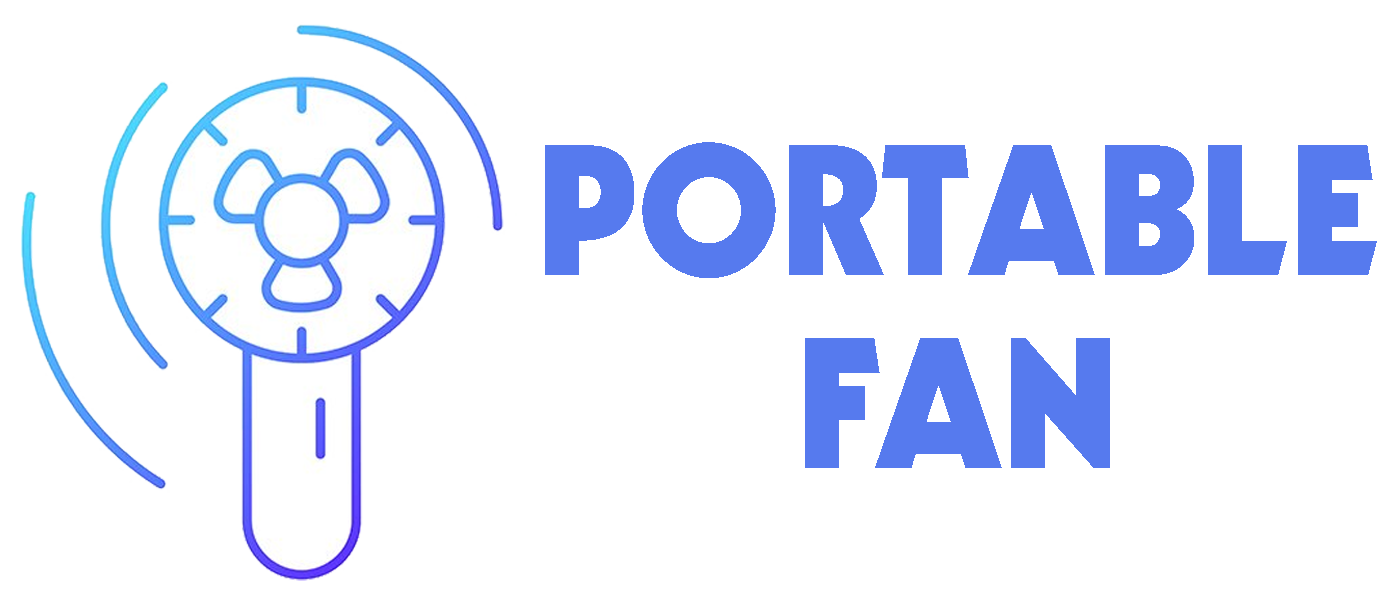The summer weather is beautiful when you’re on vacation or enjoying a drink in a cool pub garden, but it’s not so nice to be trapped inside and cuddled with a warm blanket.
Electric fans can help you when you are being overworked by wicking away heat and sweat. There are some instances that require more preparation however, like when you use it in places where it could potentially be dangerous.
Here are a few things that you can do to make sure that your electric fan is truly efficient.
Not thinking about where to place your fan
If you’ve not considered placing your fan next to a window to draw in colder air from outside, or using two electric fans to create a crosswind, then you may want to think about the benefits.
If the temperature outside is cooler than inside – usually in the evening – you can place your fan next to an open window facing into the room to draw in cool air.
If you have windows open and a fan is on in one of them, the air will quickly push any hot air towards the window.
However, if it is hotter outside than in, you’ll be creating heat to be drawn into your home.
Pre-cooling your room ready for sleep, or running your fan overnight
Running an electric fan in your bedroom before you go to bed might seem like a good idea–but that’s not true. Fans can’t cool the room itself: moving, or circulating, air does that instead. If you’re not in the room, the fan will not help cool you.
Don’t leave your fan running overnight or while you’re not there. Electrical Safety First says that your fan is not worth risking your safety for, so don’t do that either.
Some people who have dry skin and mouth/nose passages find that running a fan in their bedroom overnight helps them deal with their issues, especially if the noise keeps them awake anyway.
You can abandon or delete the auto-generated content after a short period of time.
Forgetting to clean before setting your fan up for summer
If a fan is turned on, pollen will be released into the air and create an allergen. This can affect your health if you have allergies.
One of the disadvantages of a fan is that dust often accumulates on its surface without much use. When you switch it on, the dust will be forced to circulate inside the room again.
If you haven’t opened your fan for a while, you should quickly wipe the blades with a dry cloth to remove any dust that has accumulated. Instructions from manufacturers vary, but usually involve unscrewing the back of the fan in order to access the blades.
Make sure blades don’t bend or motor gets liquid in it.
You can help make your fan less dusty thanks to its storage box or bag.
Some fans may be difficult to open for cleaning, making it impossible for people with allergies. Our Best Buy electric fans can be cleaned without too much effort.
Not putting ice or cold water in front of your fan
Some Which? members told me that if you’re not putting a bucket of ice in front of your fan, you’re missing out. The fan will push the air over the ice, which cools the air as it passes over.
You’re handing your fan a simpler task than using an air conditioner—collecting heat. It won’t be as effective, but it’s cheaper and more beneficial to the environment than buying an air conditioner.
Choosing the wrong type of fan
Fans can be separated into two types: portable fan and tower/pedestal fan. We tested both types, but we did not test ceiling fans, as they are rare in the UK home.
A portable fan, which can be bought here, will cool you down if it is close enough to the user and does not create a strong breeze.
A pedestal fan is a fixed standing fan that can cover the ceiling of an entire room. A few pedestal fans or desk fans can be adapted to the exact needs of your workstation.
If you’re living in a hot or humid area, buy a window fan. If two people are working from the same desk, one might want a fan to cool them off. Whoever wants a desk fan would not have to fight over it.
